On this section of mural, I’m trying to create an impression of the wood above the skirting receding away from the viewer. I’ve painted a simple woodgrain effect on the skirting and extended it onto the wall above.
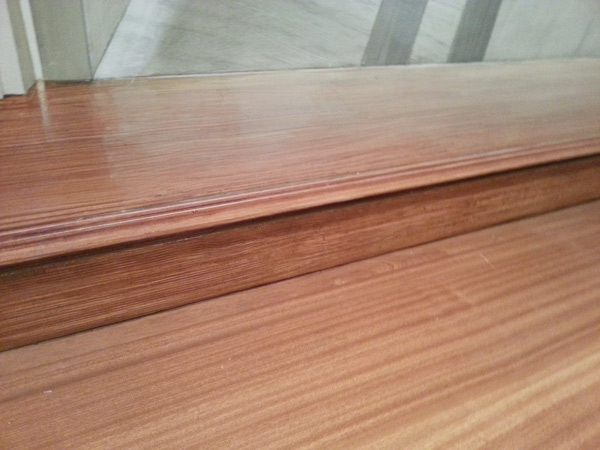
I’ve painted a stripe of this beneath the moulding and feathered it with my soft brush. I’ve also blended it considerably along its bottom edge. The shadow could easily have a harsh line here but in this instance it looks more realistic with a soft edge. There’s a slight ‘wobble’ on the edge of the shadow which is caused by variations in the woodgrain effect. If I’d anticipated putting the shadow on I would have kept the woodgrain effect much more even.
I’ve painted a stripe of this beneath the moulding and feathered it with my soft brush. I’ve also blended it considerably along its bottom edge. The shadow could easily have a harsh line here but in this instance it looks more realistic with a soft edge. There’s a slight ‘wobble’ on the edge of the shadow which is caused by variations in the woodgrain effect. If I’d anticipated putting the shadow on I would have kept the woodgrain effect much more even.
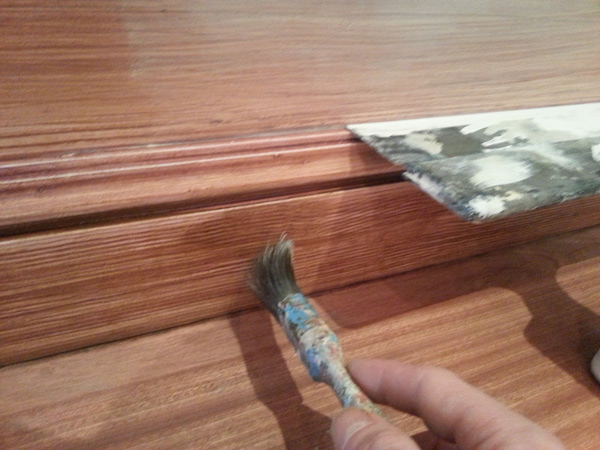
I’m feathering the glaze here with an old soft brush to see how it looks when thinned out and blended to nothing. I’ll need to do this to create a slight blurred edge to the shadow. Right, the colour’s matched now, time to wipe this off and start on the real thing.
I’m feathering the glaze here with an old soft brush to see how it looks when thinned out and blended to nothing. I’ll need to do this to create a slight blurred edge to the shadow. Right, the colour’s matched now, time to wipe this off and start on the real thing.
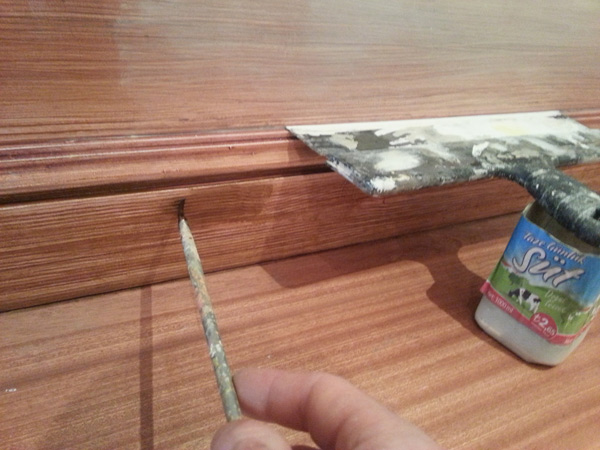
I’ve mixed up a glaze here using oil paint and a drying medium (I’ve used liquin in this instance) For the oil paints I’ve used Burnt Umber, and a touch of Paynes Grey and Cerulean Blue. I’ve kept the shadow a touch warmer than the real one so that it matches other existing shadows in the mural.
I’ve mixed up a glaze here using oil paint and a drying medium (I’ve used liquin in this instance) For the oil paints I’ve used Burnt Umber, and a touch of Paynes Grey and Cerulean Blue. I’ve kept the shadow a touch warmer than the real one so that it matches other existing shadows in the mural.
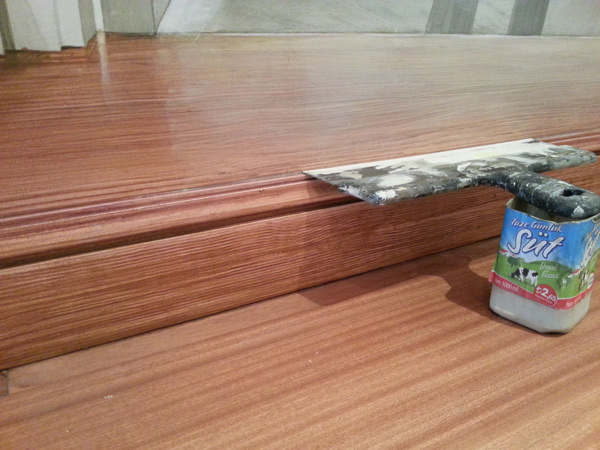
First off, I have balanced a paint guard (a very useful piece of kit for painting trompe l’oeil!) onto the skirting so it casts a shadow beneath. This makes creating the shadow just a job of colour matching to a real shadow next to it.
First off, I have balanced a paint guard (a very useful piece of kit for painting trompe l’oeil!) onto the skirting so it casts a shadow beneath. This makes creating the shadow just a job of colour matching to a real shadow next to it.
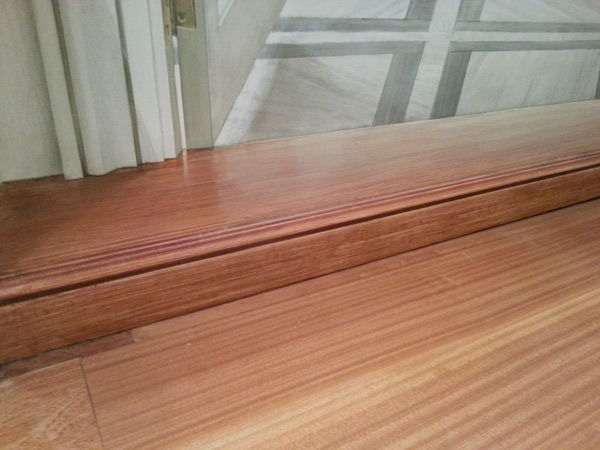
The trick here is to make the skirting not look like skirting, and a good way to do this is to make the upper section of skirting look like it overhangs onto the wood below. We’re already half way there as the light hitting this rounded section already gives us some of the 3d effect.
The trick here is to make the skirting not look like skirting, and a good way to do this is to make the upper section of skirting look like it overhangs onto the wood below. We’re already half way there as the light hitting this rounded section already gives us some of the 3d effect.
